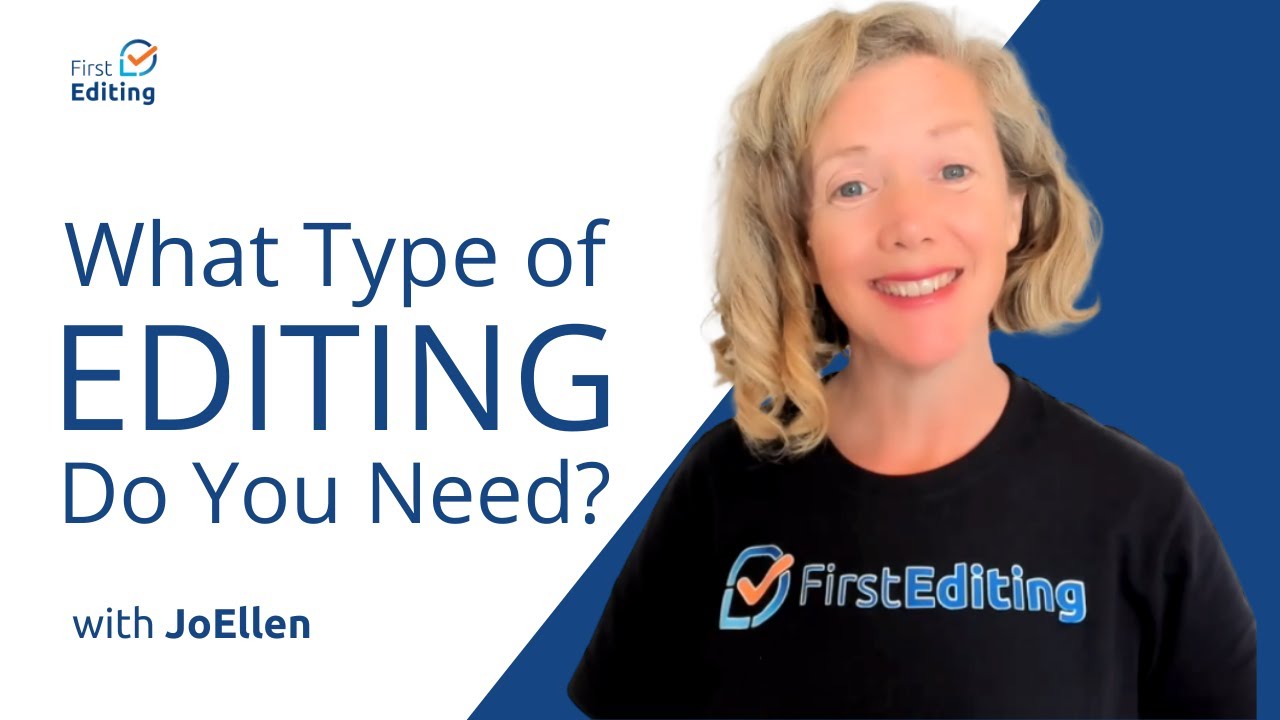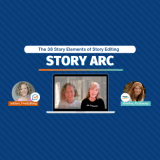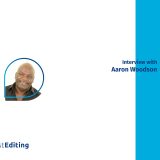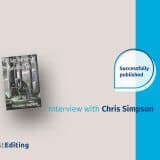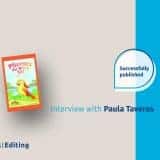
Capturing natural speech patterns and conversation on the page is not as easy as it looks. Ironically, the most natural-sounding dialogue in fiction books is probably the text the author sweated over the most. It is hard to get it right the first time. But with practice, patience, and careful editing, a character’s words can ring so true that the reader will feel they can almost hear them.
When you create the story, the most important thing is to get the words on the page. The framework of the story is laid down first, and the character’s dialogue fills in as it occurs to you. That is only the beginning. It is afterwards, in the editing stage, when you can start to tweak, re-word, and polish to perfection.
Here are Five Tips for Editing your Dialogue.
- Character’s names: Look out for overuse of names. In real life, people rarely address each other by name in the middle of a conversation unless they are highly emotional, demanding attention, or are in formal situations. If characters in a book are comfortable with each other and are already paying attention to the conversation, there is no need for them to address each other repeatedly. Use names for effect, but keep it to a minimum.
- Overuse of speech tags: Over-use of speech tags is very common in unedited manuscripts, in particular for beginners or in early drafts. The characters speaking in a scene should be identified first. But you can do this through their actions or mannerisms rather than “he said/she said.” A character’s responses and mannerisms will be more than enough for the reader to follow who is speaking. When needed, a speech tag can be dropped in as a cue. However, these should remain at a minimum. Once a speaker is identified in a piece of dialogue, it is not necessary to mention their name again.
- Add other actions/cues: Characters will often do other things while they are speaking. Mentioning these removes the need for any speech tags whatsoever except in special circumstances, such as when they are shouting and this would not otherwise be clear. These movements can add tension and detail to a scene, and they help do away with speech tags. For example, no speech tag is necessary for the following line; it is clear who is speaking. John tugged at his tie. “Is it hot in here, or is it just me?”
Tips for Editing your Dialogue.
4. Descriptive speech attributions. Many people think adding flourishes to their speech tags adds to the writing. However, in general, speech tags should be almost invisible. They are there to cue the reader into who is speaking when mannerisms/actions haven’t already made this clear. Then a simple “he said/she said” is perfect for this job. When you use other words instead, they draw attention to themselves and away from the dialogue, and will tend to distract from the flow of the scene. Also, most descriptive speech tags explain what was already clear from the dialogue (e.g., “Yes,” she agreed) so they are also usually unnecessary words.
5. Read your dialogue out loud. This will show you where it flows naturally and where it seems awkward. It will also help you get a feel for each character’s distinct voice. Avoid using phonetically spelled words to give your characters unique personalities. These can be very hard work to read. Instead, give your characters their sayings, rhythms, and ways of thinking.
A good way to learn individuality in speech patterns is to listen to real-life conversations and write down what you hear. Of course, you won’t want to use every “um” or stutter that is normal in real-life conversation. But by listening carefully and writing it down, you will get an ear for natural-sounding speech. It will improve over time with practice. Lastly, have a fresh set of eyes read your work to help shine a light on trouble spots; professional editors know exactly what to look for in manuscript dialogue. They can help you identify and edit out unnecessary speech tags, stiff dialogue, or over-use of names. A content edit from FirstEditing.com may be just what you need to give your fiction dialogue a voice.
Originally posted 9/24/2010 and happily updated 10/26/2017. Thanks for reading!




